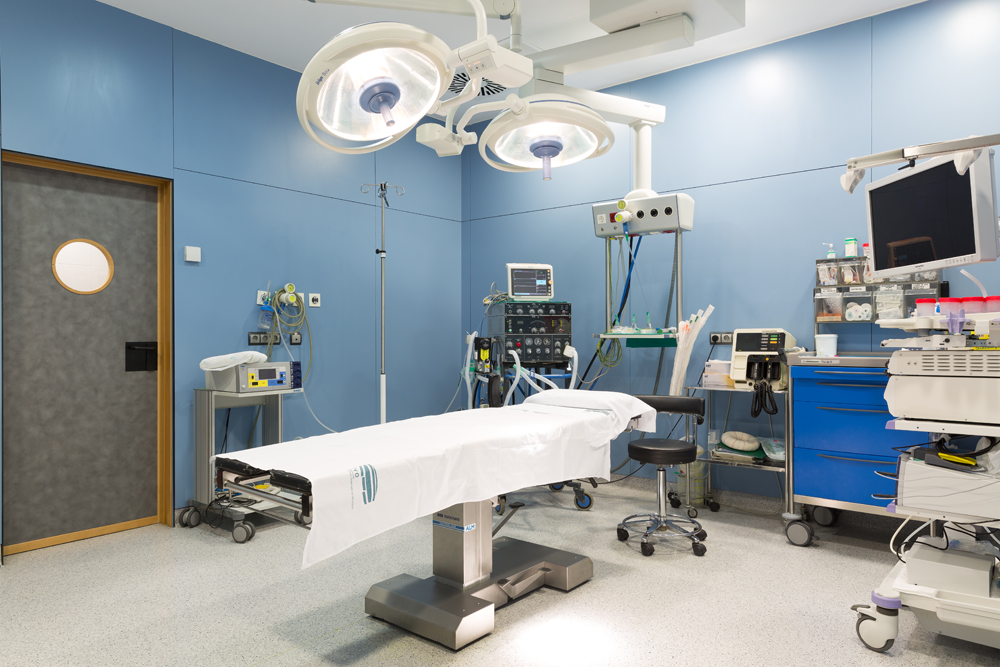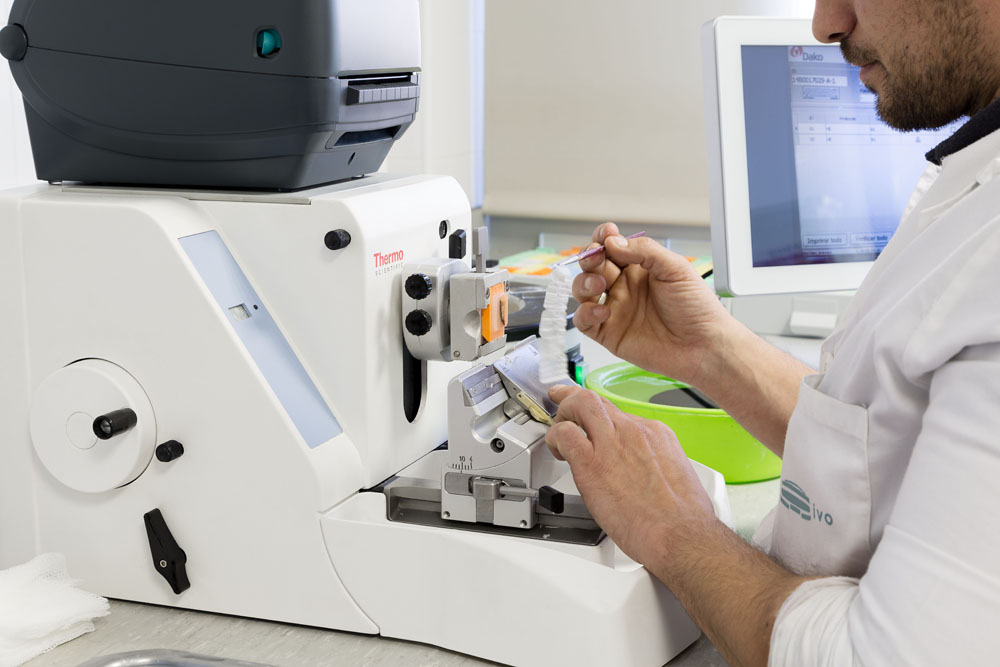In colon cancer, surgical treatment is the mainstay in most cases. Its aim is to remove the affected intestinal tract and its lymphatic drainage territory, with ample safe surgical margins. If any adjacent organ or structure is affected, an en bloc resection must be performed.
The most commonly used approach is currently minimally invasive—either laparoscopic or robotic—but still respecting the same precepts of oncological surgery as described above.
The surgical technique will vary depending on the location of the primary right-sided colon tumour (right hemicolectomy or extended right hemicolectomy) or of the left-sided colon tumour (left hemicolectomy, sigmoidectomy). In most cases, a primary anastomosis is performed to reconstruct intestinal continuity. In some cases, such as emergency surgery or in patients with associated risk factors, a temporary or permanent stoma may be created.
Approximately 20-25% of patients have metastases at the time of diagnosis (synchronous metastases) and many others will have metastases at follow-up (metachronous metastases). Hepatic surgery on liver metastases, thoracic surgery on lung metastases, and hyperthermic peritoneal oncological surgery on peritoneal metastases, together with chemotherapy, can achieve, in very specific cases, survival rates of 40-45% at 5 years.
After the definitive histological study, the Digestive Tumour Committee again decides whether or not the patient will require complementary chemotherapy treatment. The poor prognostic factors that set the conditions for this decision are: T4 tumours, perforated tumours, metastatic involvement, metastatic lymph nodes or less than 12 analysed, elevated preoperative CEA, and lymphovascular involvement.
Approximately 20-25% of patients have metastases at the time of diagnosis (synchronous metastases) and many others will have metastases at follow-up (metachronous metastases).





